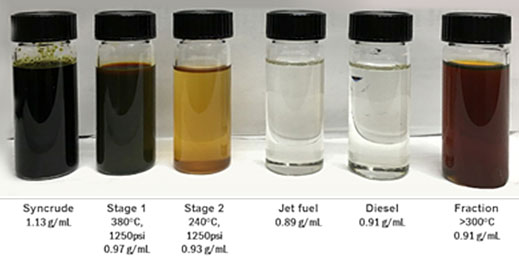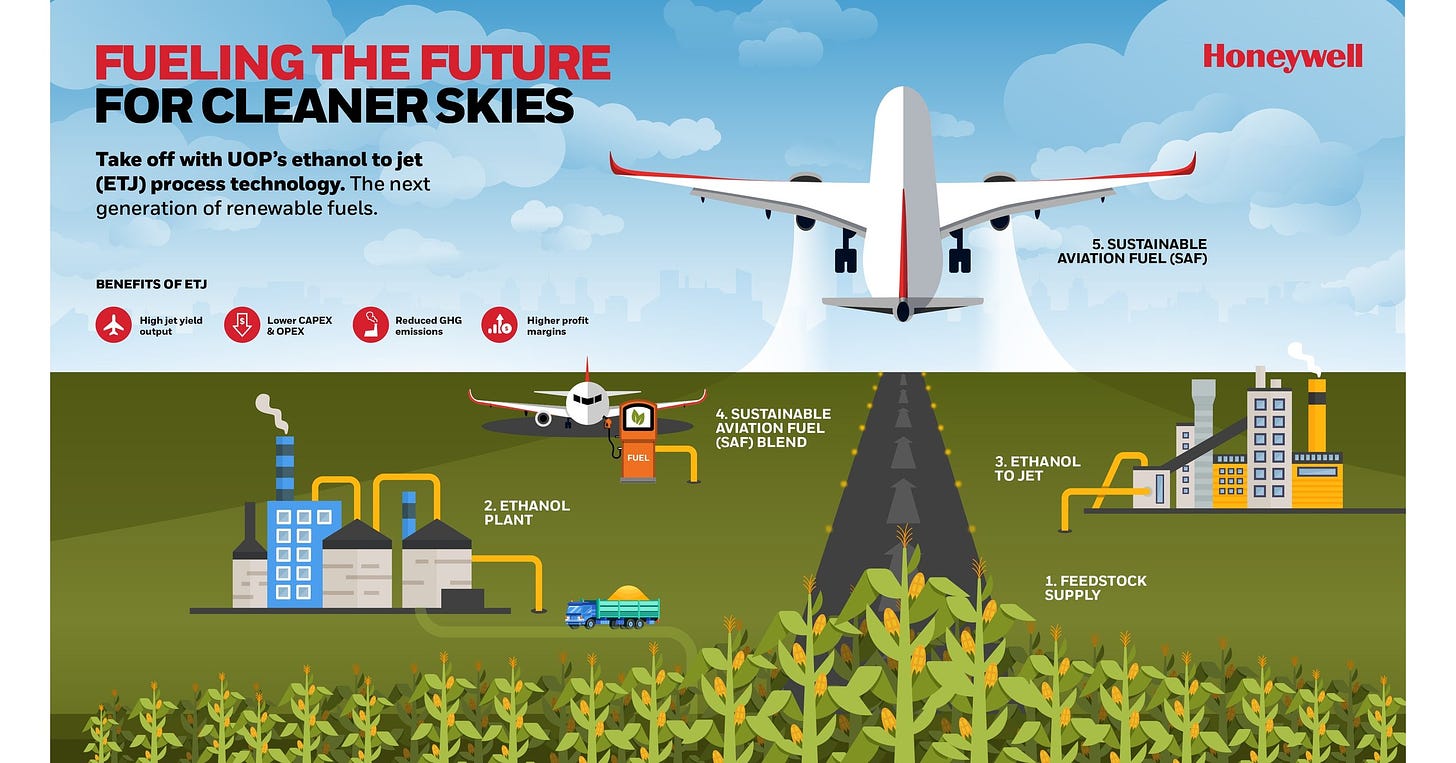
Jet fuel, the lifeblood of aviation, has a remarkable journey that begins with the discovery of oil.
This essential substance undergoes a complex refining process to become the high-performance fuel that powers the world’s aircraft.
In this article, we will take you on a journey from the moment black gold is unearthed to the creation of the powerful jet fuel that propels planes through the skies.
Oil Discovery and Extraction
The story of jet fuel starts with the discovery of oil, a process that dates back centuries but gained global prominence during the 19th and 20th centuries. Oil, a hydrocarbon-rich substance, is found deep within the Earth’s crust.
Modern oil exploration techniques involve drilling wells, both onshore and offshore, to extract this valuable resource. Once extracted, crude oil is transported to refineries, where the magic of transformation begins.
Refining Crude Oil
Crude oil is a mixture of various hydrocarbons, impurities, and contaminants. To turn it into a usable jet fuel, it must go through an intricate refining process. This process takes place in a refinery, a massive facility filled with distillation columns, reactors, and other specialized equipment.
- Distillation: The first step in refining crude oil is distillation. The crude oil is heated in a furnace, and the resulting vapor is condensed in distillation columns. This separation process allows different hydrocarbons to be extracted at different temperatures, yielding various petroleum products like gasoline, diesel, and, of course, jet fuel.
- Desulfurization: Jet fuel must meet stringent quality standards, which include low sulfur content. To achieve this, the crude oil is treated to remove sulfur compounds, improving its environmental impact and engine performance.
- Hydrocracking and Hydrotreating: These processes break down large hydrocarbon molecules into smaller, more desirable ones. Hydrocracking produces high-octane components suitable for aviation fuel, while hydrotreating further removes impurities like sulfur and nitrogen.
- Isomerization: Isomerization is employed to transform straight-chain hydrocarbons into branched ones. This enhances the stability and combustion efficiency of the fuel.

Jet Fuel Production
Once the crude oil has undergone these refining processes, it is ready for jet fuel production. The specific composition and properties of jet fuel, such as its density and freezing point, are carefully controlled to meet international standards.
- Blending: Jet fuel is a mixture of various hydrocarbons. It may include naphtha, kerosene, and other components. These are blended together in precise ratios to create the desired jet fuel product.
- Quality Control: Stringent quality control measures are in place to ensure the jet fuel meets safety and performance standards. This includes testing for characteristics such as flash point, volatility, and lubricity.
- Additives: Additives are often incorporated into jet fuel to enhance its performance. Antioxidants, anti-icing agents, and corrosion inhibitors are examples of additives used to improve fuel stability and safety.
Conclusion
From the moment oil is discovered to the intricate refining and production processes, the creation of jet fuel is a remarkable journey.
It involves a complex sequence of steps, each meticulously designed to produce a fuel that not only powers aircraft but also adheres to strict safety and environmental standards.
The next time you board a plane and soar through the skies, you can appreciate the incredible journey that began with the discovery of oil and culminated in the creation of the jet fuel that keeps you aloft.

